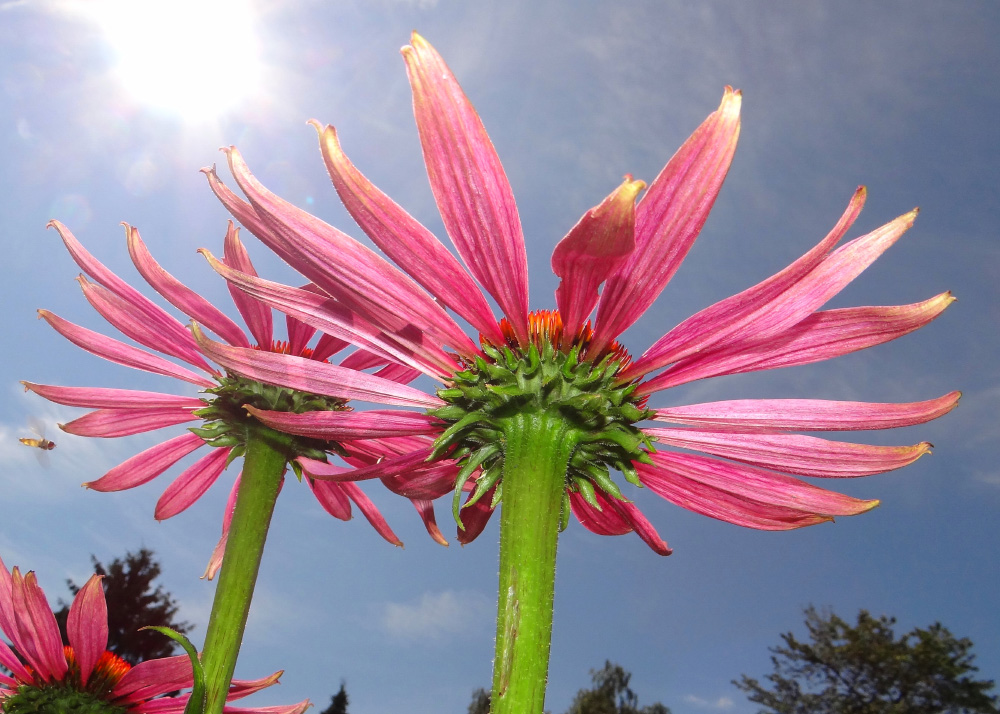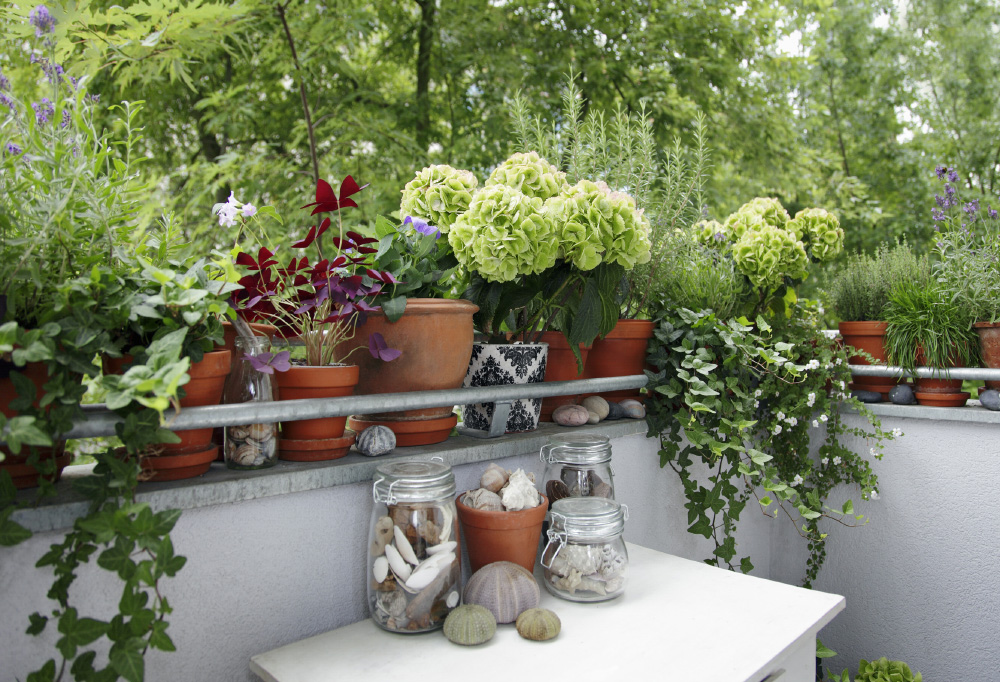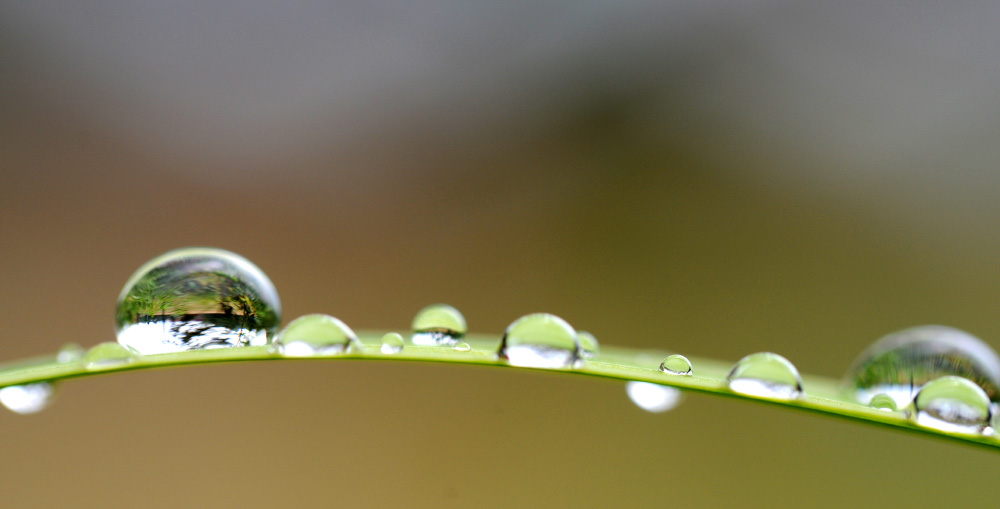
The right location
Sunny locations
In our latitudes, south-facing balconies get a maximum of light. Temperatures in these full sun locations get exceptionally high in summer. Directly against a wall, very high temperatures can rapidly develop when there is no wind. Although most balcony plants originate from subtropical, extremely sunny parts of the world, they all still have to combat intense heat and dry soil. It is important to give the plants sufficient moisture.
Since about two-thirds of all balcony plants prefer sunny locations, south-facing balconies or terraces are perfect. Ideally, the boxes and containers still stand in the shade in the morning, get the sun later and have a little shade during the hottest part of the day.
Aphids, mealy bugs, spider mites and powdery mildew are typical for rather sunny locations.
Half shady and shady locations
Balconies and terraces facing north-east or north-west do not usually have direct sun all day long. Although plants are in a bright location, they only experience direct sunlight in the mornings and afternoons. Many plants from subtropical and tropical regions do not like these conditions. There is also a whole range of plants that can be planted on shady north-facing balconies.
Rain and wind exposed locations
Plants on balconies located at the top of buildings or in areas particularly exposed to wind, need to be able to withstand quite a lot. Installing a windbreak would be a good idea here. Basically, plants with large, soft leaves and long stems tend to be very sensitive in locations that are exposed to the wind.
Protective films can be bought that act as an”umbrella” to protect them from the rain. Otherwise, small-leaved, single bloom varieties are preferable for balconies in such situations.
Waterlogging, root rot, downy mildew and other fungal diseases are typical of shady, rainy locations. On terraces, slugs and snails see such a situation as an open invitation to treat themselves to the pots and troughs there.



